Articles
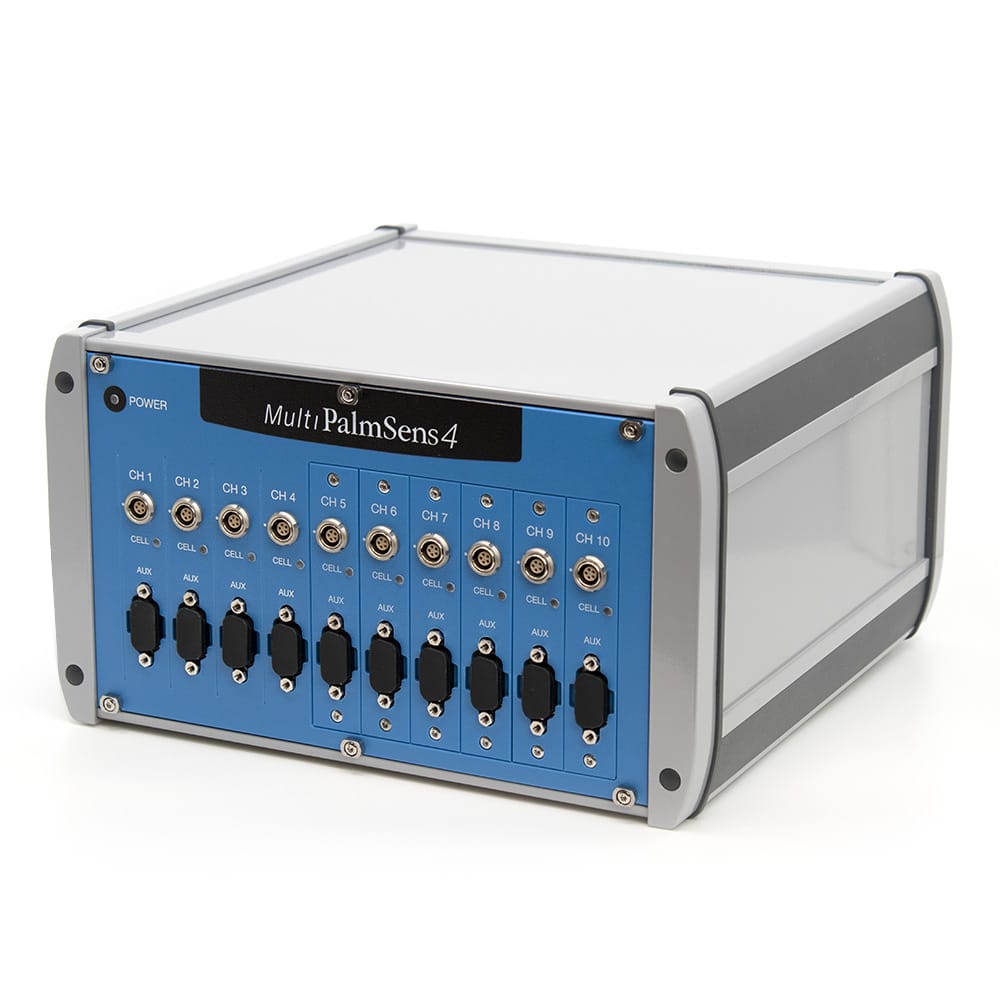
MultiPalmSens4 Brochure
A detailed description of the MultiPalmSens4 multi-channel potentiostat.

Multi-channel potentiostat
Do you want to perform several electrochemical measurements simultaneously? Then you need a multi-channel potentiostat. A multichannel potentiostat allows you to perform multiple experiments at the same time.

Multi-Channel: Multiple Working Electrodes in the Same Cell
Learn how to use a multi-channel potentiostat as a polypotentiostat, so you can use multiple working electrodes in the same cell sharing one reference and counter electrode.
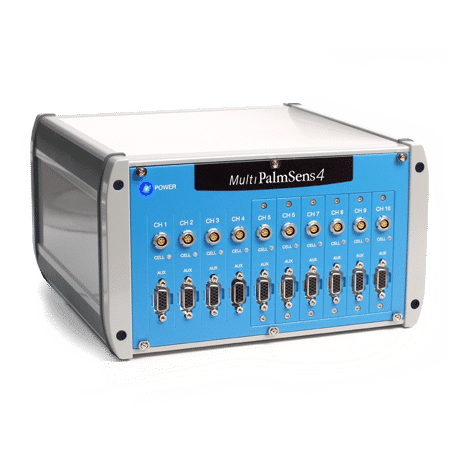
Multichannel, polypotentiostat or multiplexer
This will help you to choose the ideal multi-channel instrument for your application.

Galvanic Isolation
In this application note the galvanic isolation options are discussed for the different PalmSens instruments as well as the effect of galvanic isolation on your measurement.
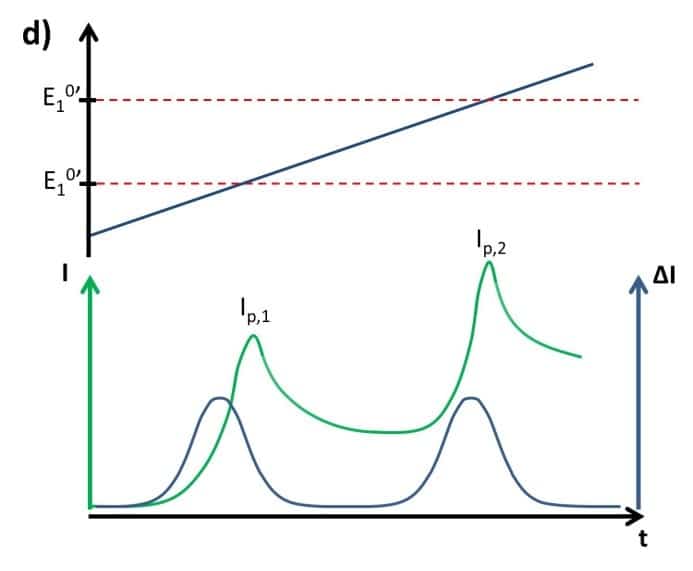
Detection of Multiple Heavy Metals 3/5 – Multiple Species Analysis with Square Wave Voltammetry
This chapter is part of the series ‘Detection of Multiple Heavy Metals by Stripping Voltammetry’. This chapter covers the basics of Square Wave Voltammetry.

MultiTrace Tutorial #6: Six things you didn’t know where possible with MultiTrace
Would you like to know some hidden gems in MultiTrace? This tutorial video will show you 6 things you didn’t know in 6 minutes in MultiTrace. MultiTrace allows you to contro...

MultiTrace Tutorial #5: Multiple Working Electrodes in the Same Cell
Measuring multiple working electrodes in the same cell is possible. This tutorial video will show you how to connect the electrodes and how to use MultiTrace. MultiTrace allows yo...
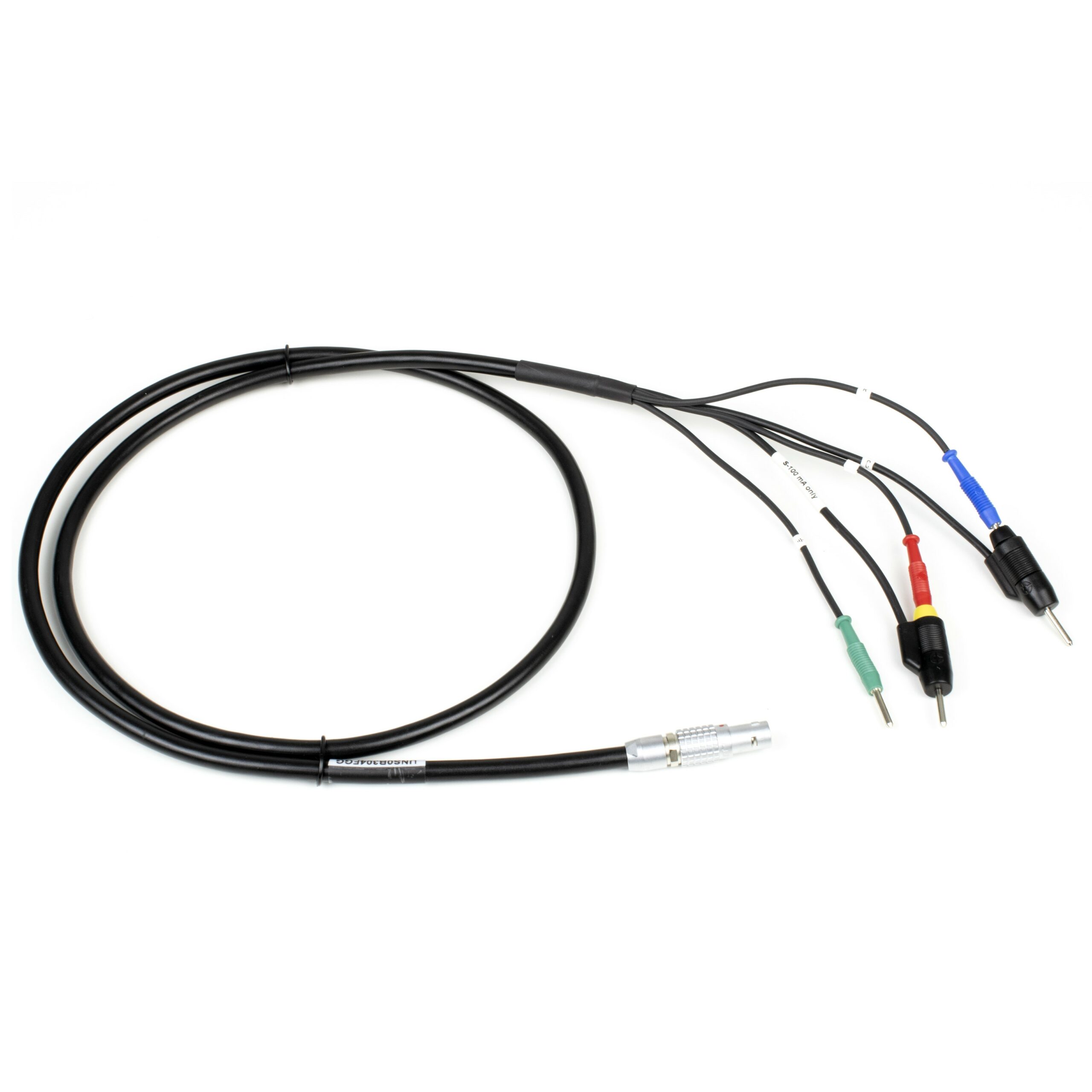
Purpose of a Sense lead
Sense leads also known as working sense leads are common for many potentiostat brands. PalmSens uses the Sense lead on all models that can supply 100 mA or more. This raises the qu...

PSTrace Tutorial #18 – Connect a stirrer, multiplexer or a custom sensor to a potentiostat
PalmSens potentiostats like the PalmSens4 and the MultiPalmSens4 have an auxiliary port, to connect external devices like a stirrer. In this tutorial you will learn how to connect...

MultiTrace Tutorial #4: combining multiple potentiostats
MultiTrace allows you to control multiple PalmSens potentiostats / galvanostats / impedance analyzers. This can be a multichannel device such as the MultiPalmSens4, or multiple si...

MultiTrace Tutorial #2: individually control multiple potentiostats
The individual mode in MultiTrace controls each potentiostat channel independent of all other channels. MultiTrace allows you to control multiple PalmSens potentiostats / galvanos...

MultiTrace Tutorial #3: simultaneously control multiple potentiostats
Potentiostat channels can synchronously perform the same measurements. Learn how in this tutorial. MultiTrace allows you to control multiple PalmSens potentiostats / galvanostats ...
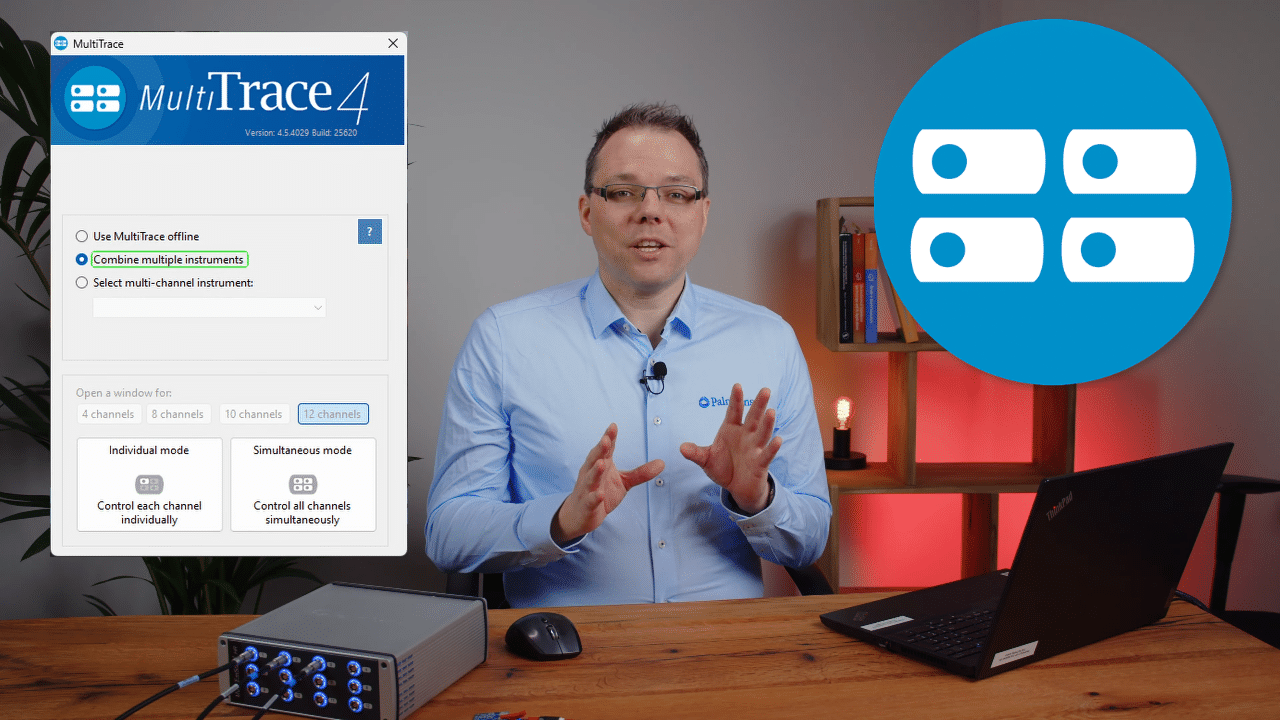
MultiTrace Tutorial #1: Starting Window
The starting window in MultiTrace allows you to choose between individual mode, simultaneous and mode. See how in this tutorial video. MultiTrace allows you to control multiple Pa...
Potentiometric stripping analysis
Potentiometric stripping analysis is a sensitive analytical technique. Before the SCP measurement starts a deposition stage at the deposition potential E dep is required. After th...
Time scan
Time scan is an electrochemical technique that can be applied with the following instruments from PalmSens: PalmSens4 EmStat4S Sensit Smart Sensit BT MultiPalmSens4 MultiEmStat4 ...
Potential scan or current scan
Potential scan or current scan is an electrochemical technique that can be applied with the following instruments from PalmSens: PalmSens4 EmStat4S MultiPalmSens4 ...
Mixed Mode (MM)
Mixed Mode (MM) is an electrochemical technique that can be applied with the following instruments from PalmSens: PalmSens4 EmStat4S MultiPalmSens4 ...
